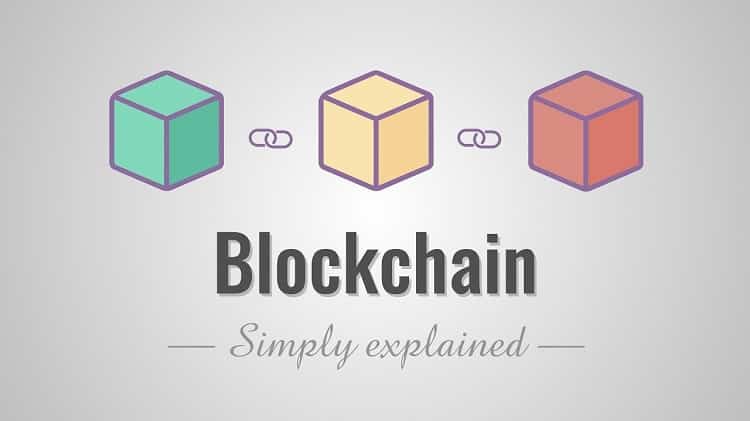The term Blockchain seems to everywhere you go online. If you are living under the rocks or you never bothered yourself before to know exactly what it is, it is time to explain it to you in simple terms. There are a lot of explanations available online that you may come across where you will not get the basic understanding on blockchain. First of all, blockchain is a technology or mechanism that it is driving the cryptocurrency and more specifically, Bitcoin which is the most popular of them all. This mechanism is developed by Satoshi Nakamoto who is still unidentified. The mechanism has created a new way of thinking and experts are identifying its application in various online activities.
Blockchain Technology In Layman’s Term –
Blockchain technology is the mechanism of distributing digital information rather than centralizing it. The distribution is not copying and pasting the same information in different servers. It is like dividing a cluster of information into multiple pieces and sending each one of them to different servers or machines. Therefore, the processing of that information will be faster as every piece will be processed simultaneously. In a centralized system, the pieces of the information are processed serially. The blockchain is like making the transition from serial connection to parallel connection in layman’s term.
Initially, the blockchain mechanism was developed only for Bitcoin to work. But with time, banking and insurance companies are pouring in to use the same for their system. This is because it is highly secure relative to the current system in place. Besides, it is super fast, and that is what the users demand these days. In the current system, the users use the bank as a middleman for transactions with the suppliers. Using blockchain technology, the consumers can connect to the suppliers directly, and the third party can be eliminated which is both fast and safe.
Going Deep Into Blockchain Technology –
In blockchain, a decentralized database is maintained. It is referred to as the digital ledger. This keeps track of all the transactions happening in the network. This network is the chain of computers or servers that are approved and verified. Suppose A wants to send money to B. This transaction is referred to as a block. This block is broadcast to every computer in the network. These computers are responsible for approving and validating transactions. After validation, the block is added to the chain where all records of the transactions are presented transparently. Only after that, the money moves from A to B.
The validation process is tightly coupled, and it is driven by public and private key mechanism. The private key is the one that the account holders own. However, they should never give it out else the account can be taken over by anyone. When a transaction happens, the public key is given out with a digital signature. This digital signature is generated using the private key, and hence, it holds the key to the security of the transaction as well as the wallet. The nodes will then verify whether the transaction is legitimate without revealing the private key. There are a lot of algorithms involved in all of these that are still to be cracked. It undergoes a lot of encryption processes, and this is where the processing power is required.
This is where the miners come into the play, and they get a small fee for verifying the payment. This fee varies accordingly to the number of transactions available. The higher the number, the higher will be the fee. The miners can also mine new Bitcoin and earn a lot in their passive time.
Wide Applications –
As it is basically a transaction based technology, it can be used almost everywhere. In the online world, every time can be considered as a deal or transaction. But for now, it is suitable for all monetary transaction as well as of goods and properties. Therefore, it is likely to take over the banking industry completely. It is more so because, in the current scenario, the bank is responsible for maintaining the central database where all the data are stored. They are also responsible for all the updating and modifications as per the transaction happening. Even if it is automated, there are certain things that always need to be manual. But this manual work takes a lot of time due to the hundreds of thousands of transactions are happened every minute.
With the distributed ledger, there will be a need for a lot of resources to verify the transactions manually or semi-manually. Therefore, the speed will increase. Moreover, there will be a lot of copies available and hence, hacking one database will not affect anything as they are a lot of back-ups available. Hacking will be effective only if every single node is manipulated together which is impossible because the nodes are spread across the world thanks to decentralization.




